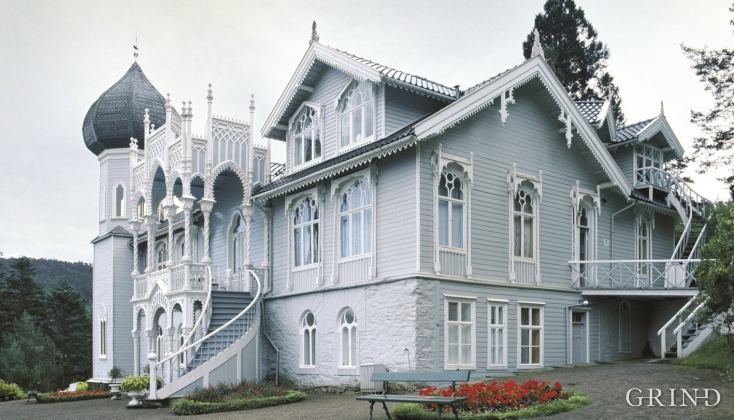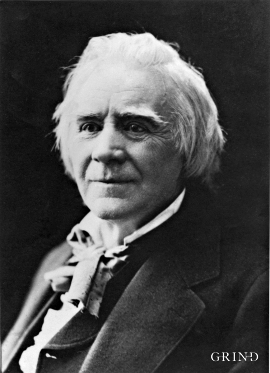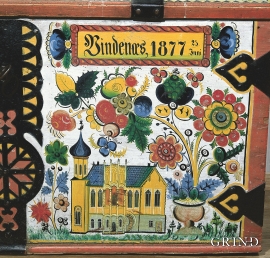Ole Bull visited Lyse monastery for the first time in 1826, and already as a 16-year-old he was fascinated by the place. In 1872 he bought Lysøen from his childhood friend, antiquarian Nicolay Nicolaysen, for 600 Speciedaler . The following year, in 1873, “Villa Lysøen” was already built. He started using the house as a summer residence. It is certainly Ole Bull himself who had gathered impressions and impulses on his many travels for this fantasy villa with the large music room in the Moorish style. “My little Alhambra” Ole Bull called Lysøen. The island itself is an expression of the feeling for Nature inherent in National Romanticism. Paths covered in white gravel lead up to the highest peak, with wide views of the fjord landscape.





